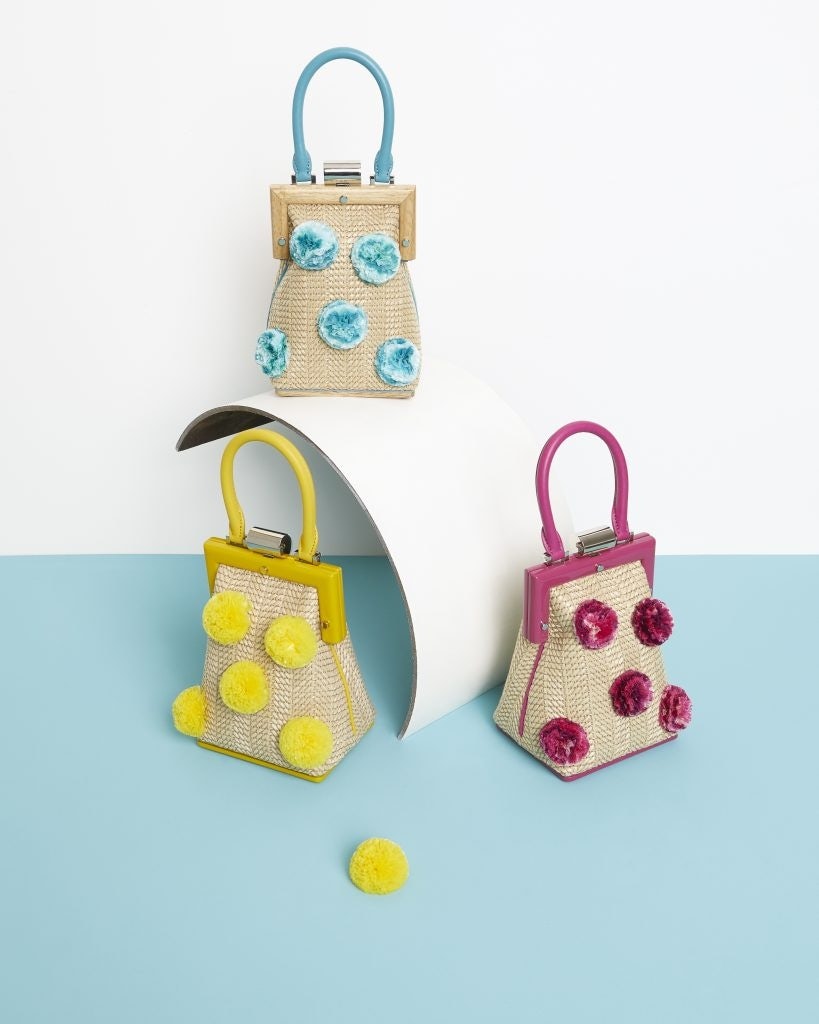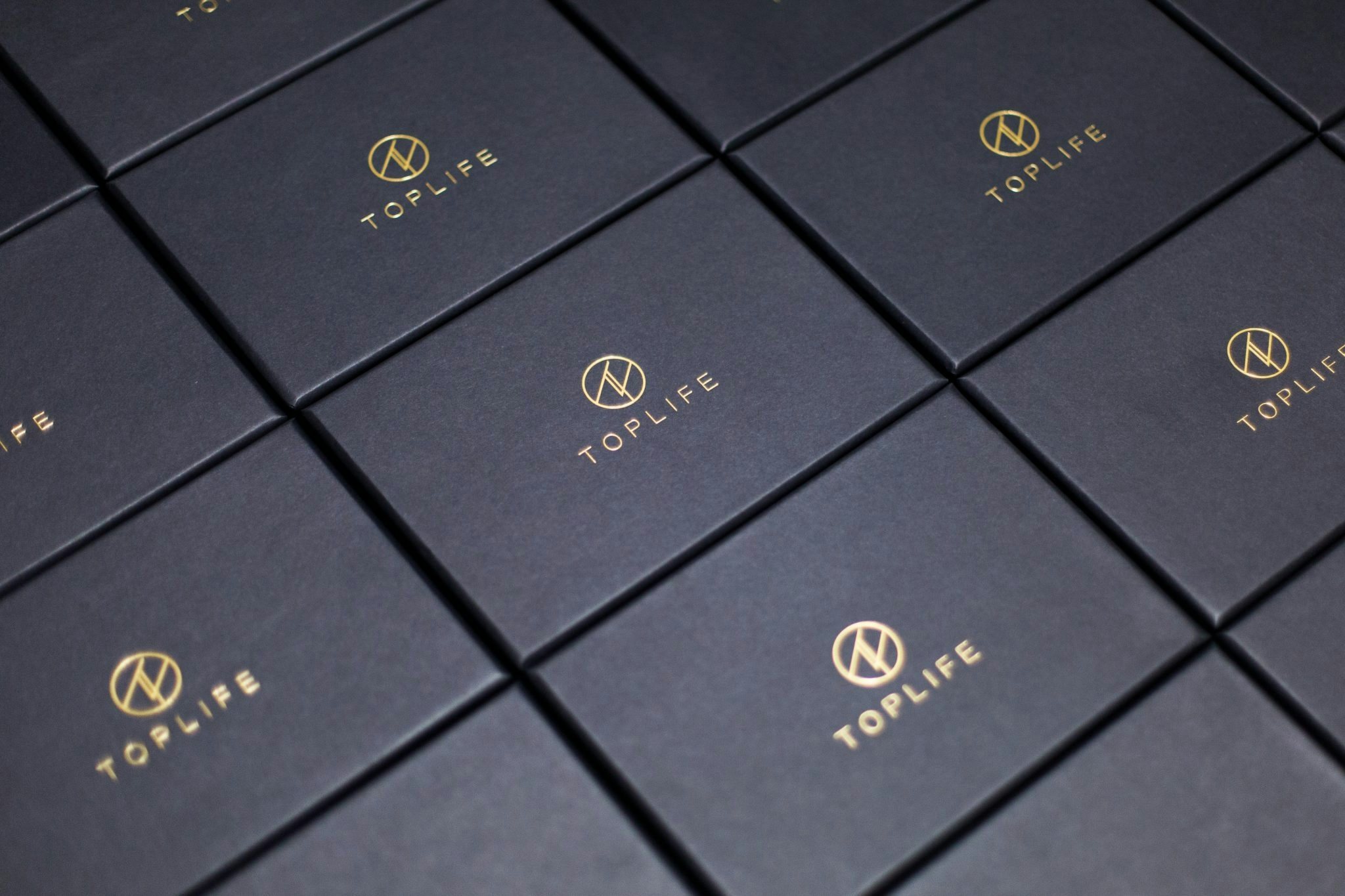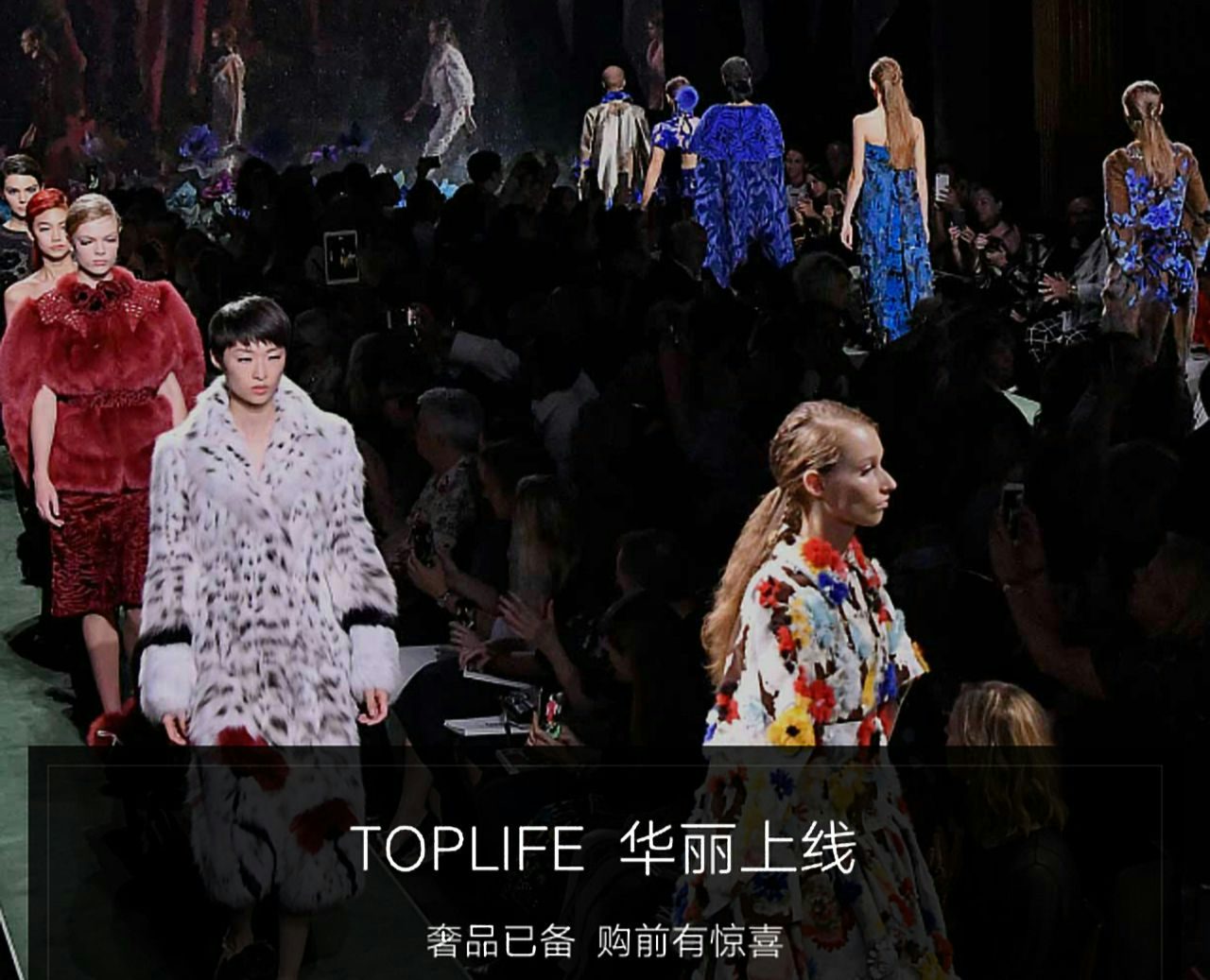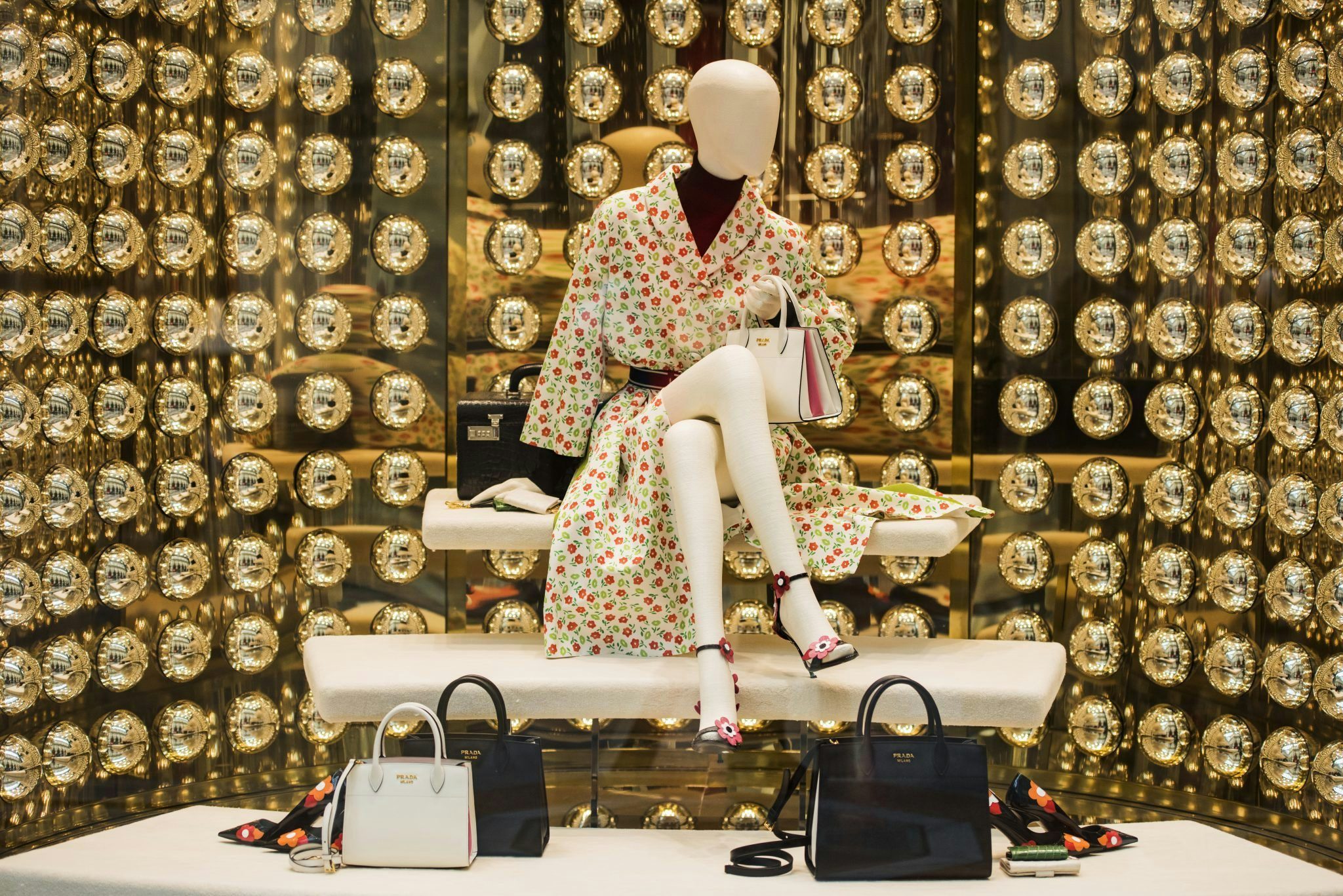Chinese e-commerce platform JD.com has made efforts to counter the three major concerns that traditionally spook purveyors of French luxury with its luxury offering, TopLife.
Counterfeiting, an overcrowded marketplace, and a digital environment that does not chime with a luxury shopping experience are major concerns for French companies eyeing China’s 715 billion online marketplace.
Michel Perrin is the CEO and chairman of Perrin Paris, a 125-year old luxury leather goods company loved by ‘in the know’ Parisians. In the weeks before the TopLife app officially launched, Perrin saw his company’s ‘La Minaudiere’ bag priced at 9,900RMB (around 1,578) a standout success, selling to early adopter millennials who downloaded the app ahead of the April 13 launch.
“We started testing the market in December. Three months later this bag is a hit with our target audience,” Perrin told Jing Daily from China, where he attended the event.
Perrin is the fourth generation of his family to lead a brand that is edgy, almost cult. Which prompts the question, what persuades a company that is fiercely protective of both its image and heritage to join TopLife, a brand new platform with just 23 brands at last count?
“A brand can be lost in a sea of competitors,” said Perrin. “You can lose control of the image. I’ve never been attracted to an e-commerce site that looks for big commercial brands, as Net-a-Porter does. I prefer the company of a niche environment with a clear vision of luxury where unique qualities allow us to tell our brand story”.

Elodie Sebag is the general manager of Cha Ling, the LVMH-owned skincare collection inspired by China’s Pu’er tea and developed in Paris by Guerlain’s president and CEO Laurent Boillot. What prompted her to join an untried app where the listings include lifestyle brands like vacuum-cleaner manufacturers Dyson?
In fact, JD.com approached her back in early 2017.
“What I like is that TopLife offers a global and lifestyle approach towards luxury with all categories present,” said Sebag, who opened Cha Ling’s first China boutique in Shanghai last August. “From jewelry to fashion, handbags, and beauty, the brands selected all have rich content with great know-how and creativity.”
Both Perrin and Sebag believe their more niche brands are in good company. Quintessential Paris brand Saint Laurent is present on TopLife and there’s a nod to Chinese fashion savvy, with the Paris-based Taiwanese designer Shiatzy Chen. There’s a smattering of Italians (Tod’s and La Perla), Americans (Derek Lam and Oscar de la Renta), and UK brands (Mulberry and Alexander McQueen).
Nearly half the brands represented on TopLife are entering Chinese e-commerce for the first time, including Alexander McQueen, owned by France’s second-leading luxury group, Kering.
Reaching a Younger Demographic#
Both Perrin and Sebag had the millennial market front of mind when they chose to join TopLife.
Perrin made China his focus as a result of young Chinese shoppers venturing into the Paris boutique. Knowing that more than two million Chinese will touch down in the world’s fashion capital this year, he took a trip to China last September.
Perrin said his brand's handbags on TopLife are around 15 percent more expensive than in Paris – a significant markup, but less than when import taxes were higher, and not something he sees as a great obstacle for reaching Chinese millennials.
“I think the immediate attraction of our product is not about the price but to do with a generation appreciating the philosophy of luxury, respecting the products, the process and the opportunity to explore like-minded brands," said Perrin. "It’s opening doors that may otherwise have been closed to them, or which they were unaware of.”
With regards to Cha Ling, “ one-third of our Chinese customers are between 25 and 35 years old,” said Sebag. “So we definitely have to explore new ways to be present online and to match millennials' seamless purchasing behavior.”
It’s worth noting the relatively high cost of a Perrin satchel or Cha Ling’s skin care collection makes more sense for younger consumers in China, where millennials are spending 35 percent more on fashion than Americans or Europeans the same age, according to Boston Consulting.
Weighing Up the Costs#
For smaller French brands wanting to enter the Chinese market, signing up to an e-commerce site requires a 25,000 initial deposit on Tmall or 15,000 on JD.com. That’s before they provide a Chinese operations and customer service team, marketing and logistics. Adding Weibo and WeChat social media accounts to increase brand awareness is another non-negotiable challenge – and essential cost – for strangers to a marketplace where half of China’s domestic luxury consumption could come from web sales by 2020, according to KPMG.
Without the budgets of megabrands like Louis Vuitton and Gucci who launched their e-commerce operations in 2017, or the local knowledge of France’s Longchamp which sells on their WeChat site, the environment now looks both enticing and intimidating.
Asked how Perrin will increase brand awareness with neither Weibo nor WeChat, nor a budget for KOLs, he said, “the brand features heavily in TopLife’s promotional videos aimed at persuading millennials to download the app. Another bonus is the way TopLife works with influencers including Leaf Greener and Mr. Bags.”
A Competitive Market#
Meanwhile, other luxury e-commerce offerings are chasing brands just as aggressively as TopLife.
Alibaba’s Luxury Pavillion has attracted 50-plus brands in less than a year, including France’s Guerlain and Givenchy. It’s built an audience of 100,000 users who have spent an average of one million RMB (159,000), according to the latest assessment from Tmall. Young consumers generated 45 percent of the sales, though this result is skewed somewhat by sales of Maseratis on the site.
Alibaba is courting the French with a sense of luxury promised through a loyalty program where members will have access to bespoke product offerings, new payment options, priority orders, door-to-door returns, and event invitations. A "Premier" service will offer a personal shopper service, a concierge service, and access to high-end spas.
Another commerce site that should not be overlooked is the stalwart Shangpin.com, founded back in 2010 by CEO David Zhao and president Jacky Zhang. With 30 million users and repeat purchase rates of 80 percent, the company offers more than 600 brands.
Shangpin positions itself as ‘affordable luxury’ – offering largely Italian, French, and American brands. With a European management network based in Milan, Shangpin is an easy option for the plethora of smaller French brands looking to enter China.
With just 24 percent of luxury labels on Tmall and 10 percent on JD.com, there is certainly room for growth. The question is, will these new sites be able to provide the promised authenticity, pricing, choice, and service? Or will it be handbags-at-dawn, as French brands jump ship for whichever platform can deliver ascendancy in the world’s most desirable e-commerce market?






